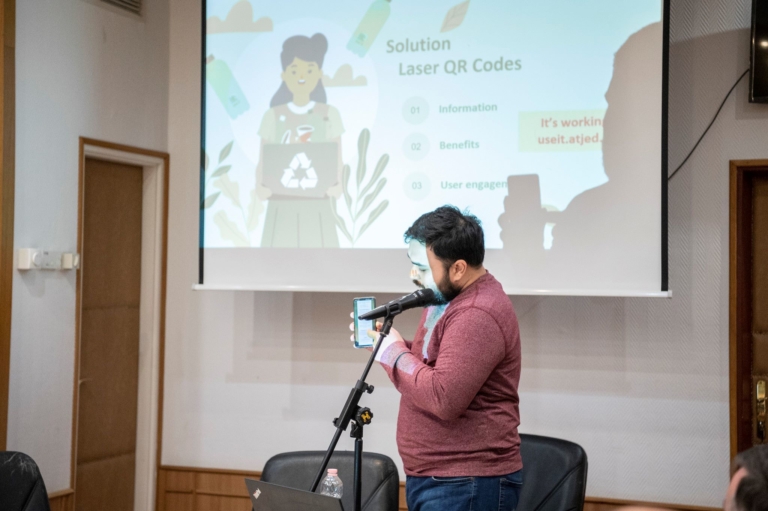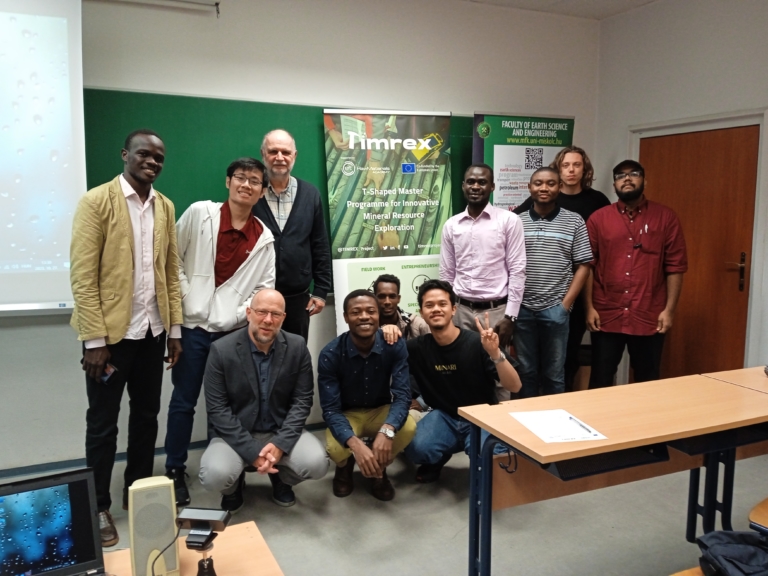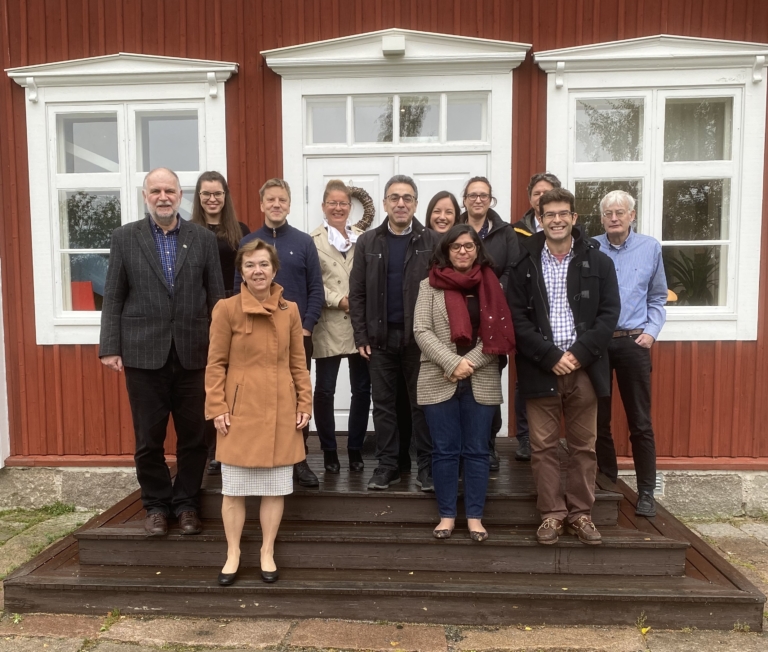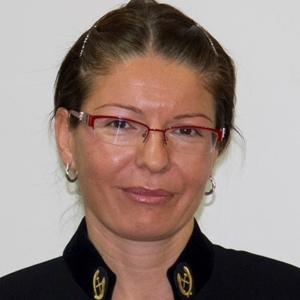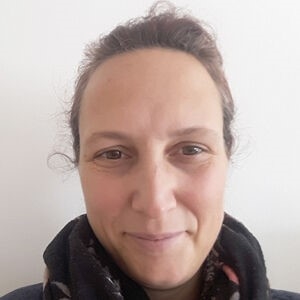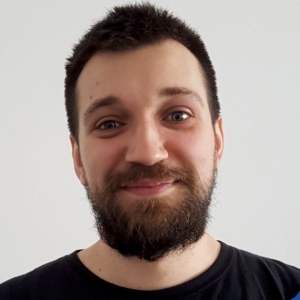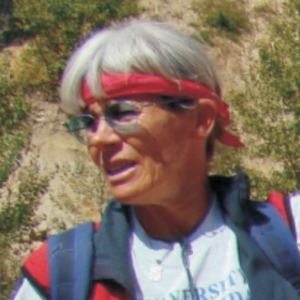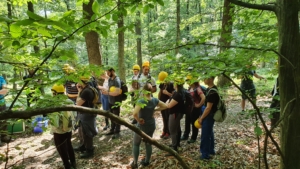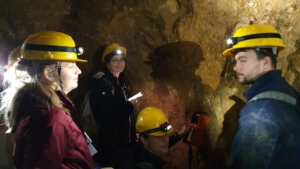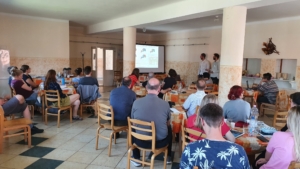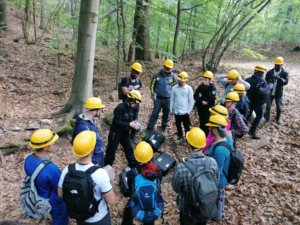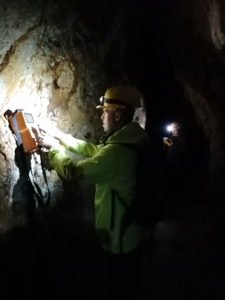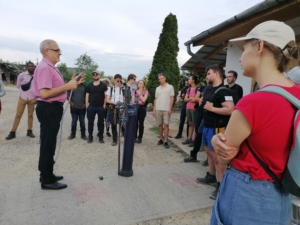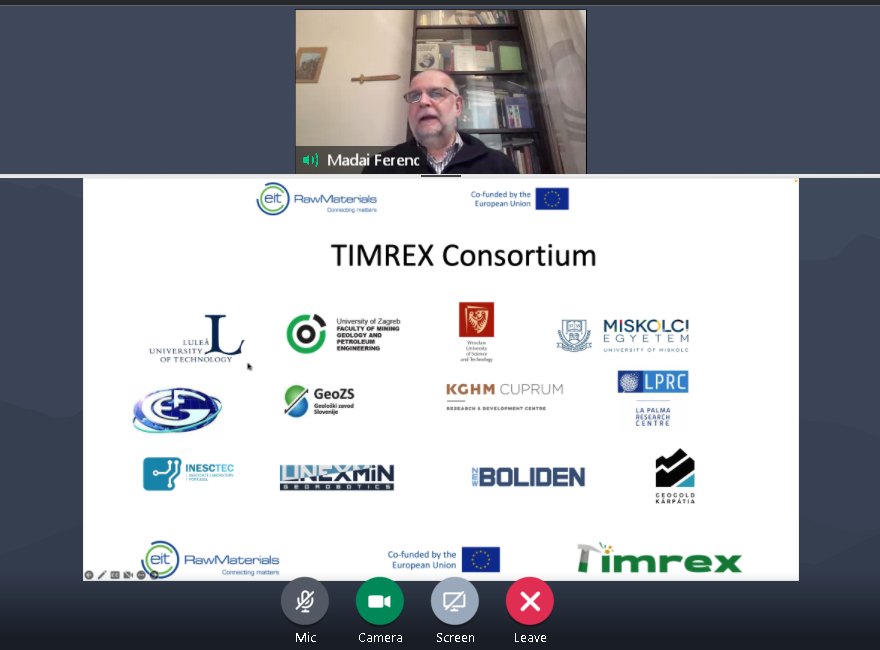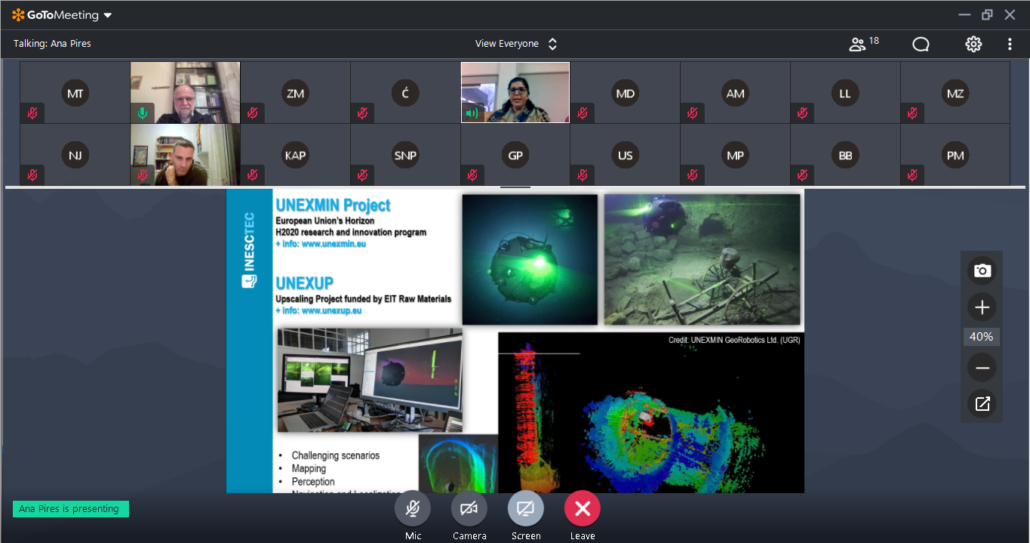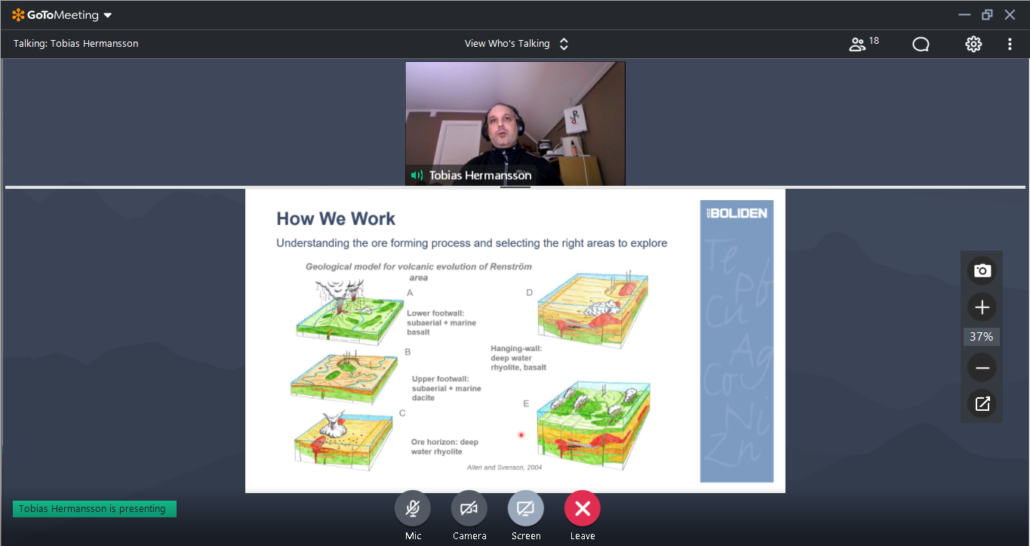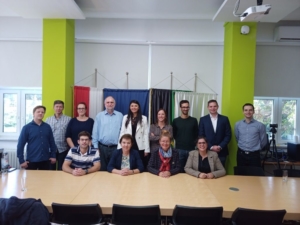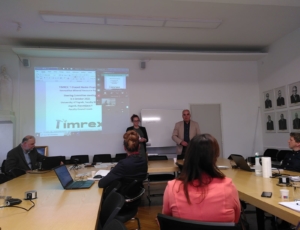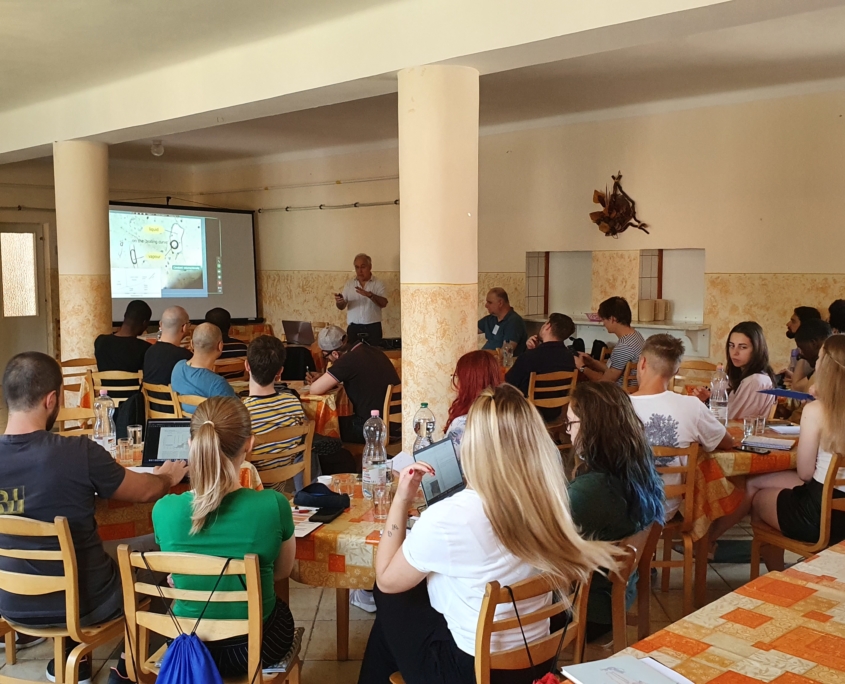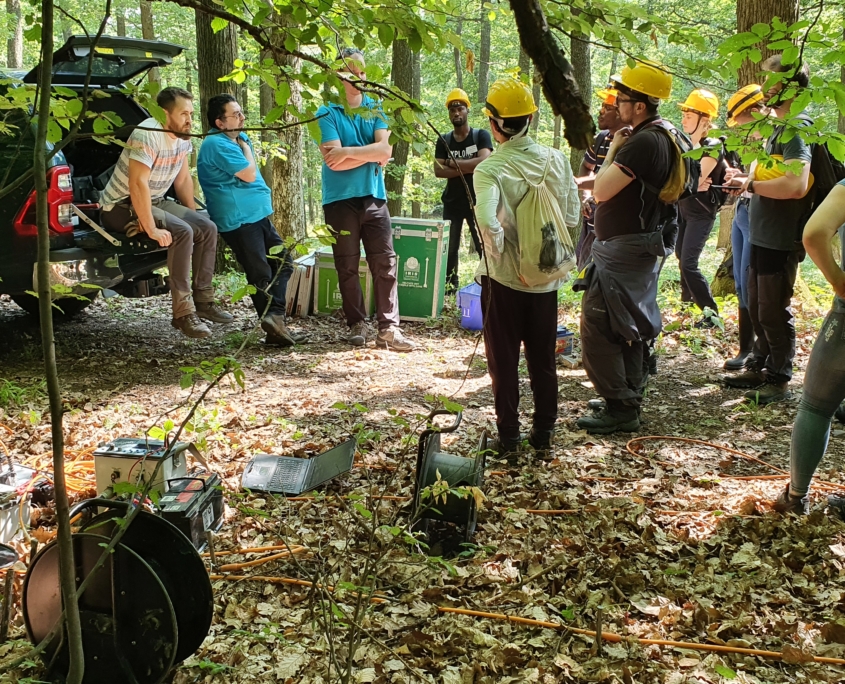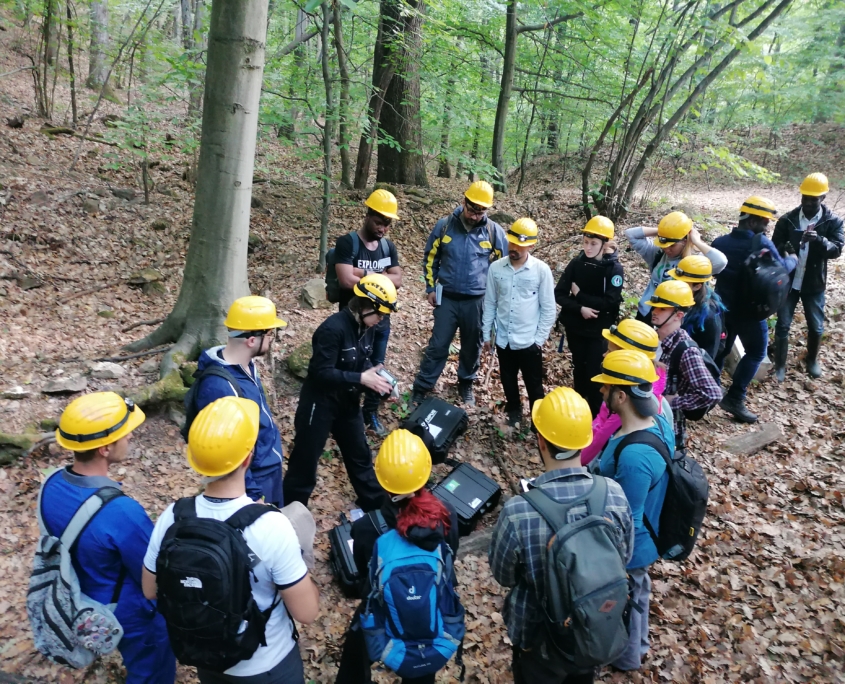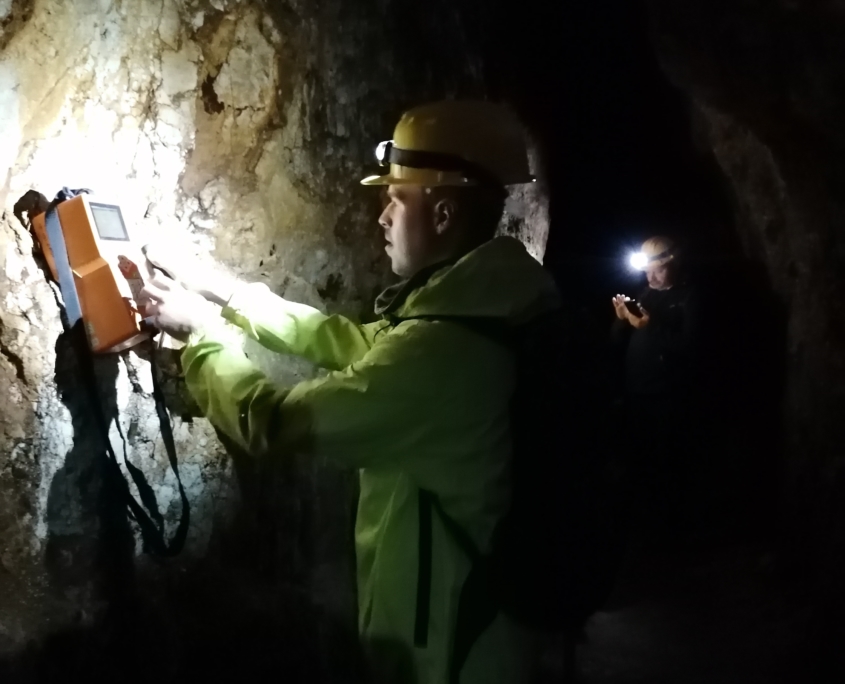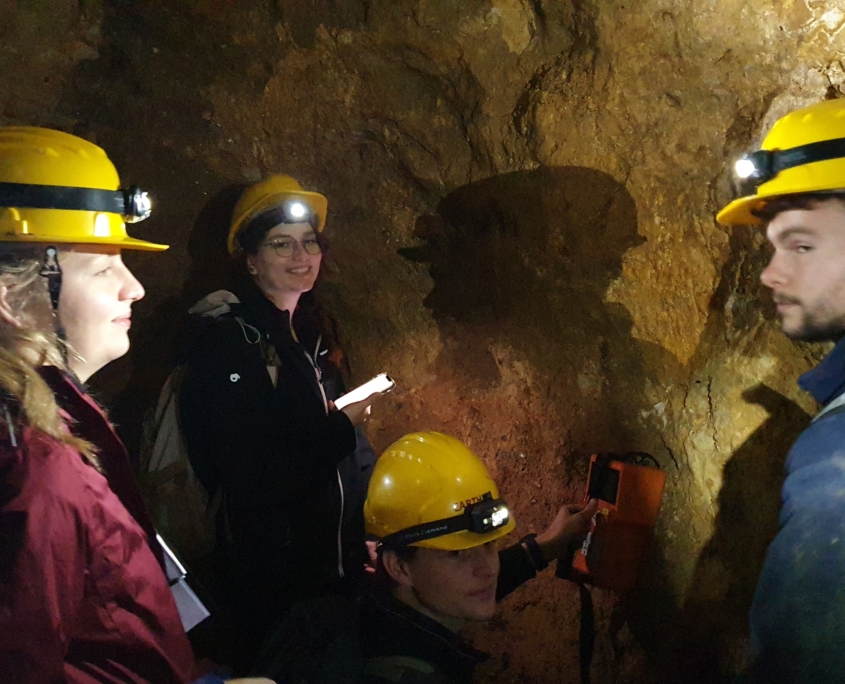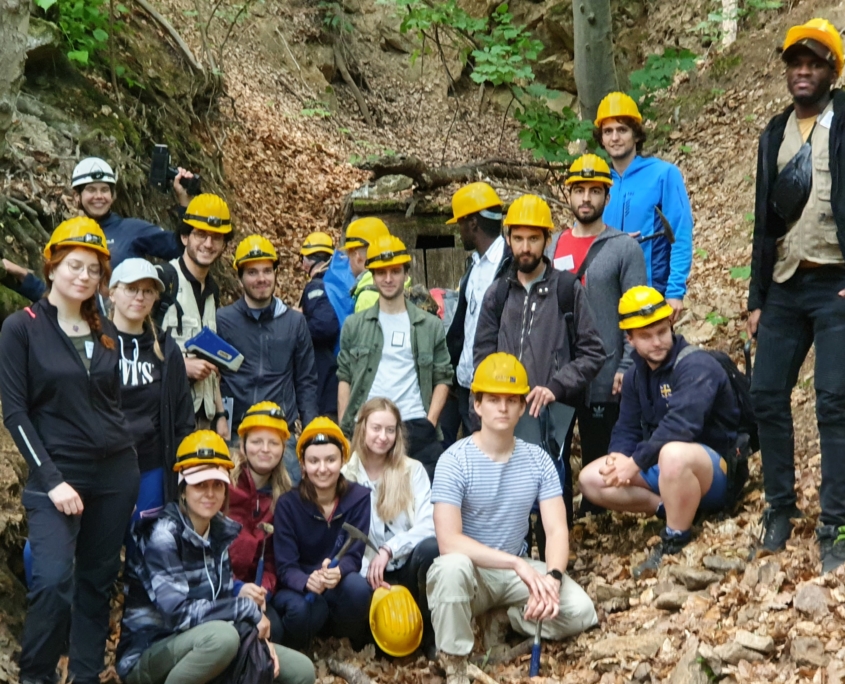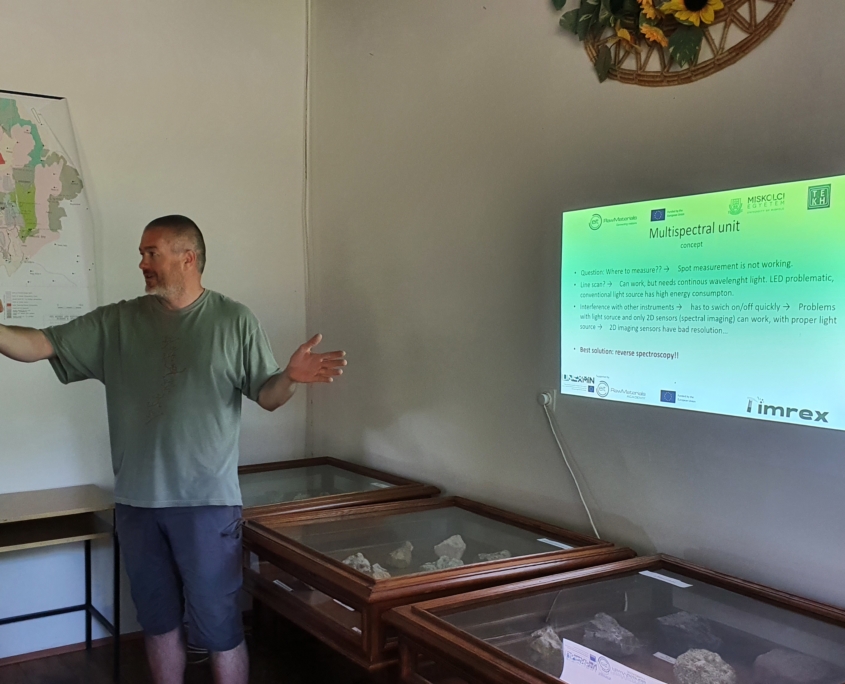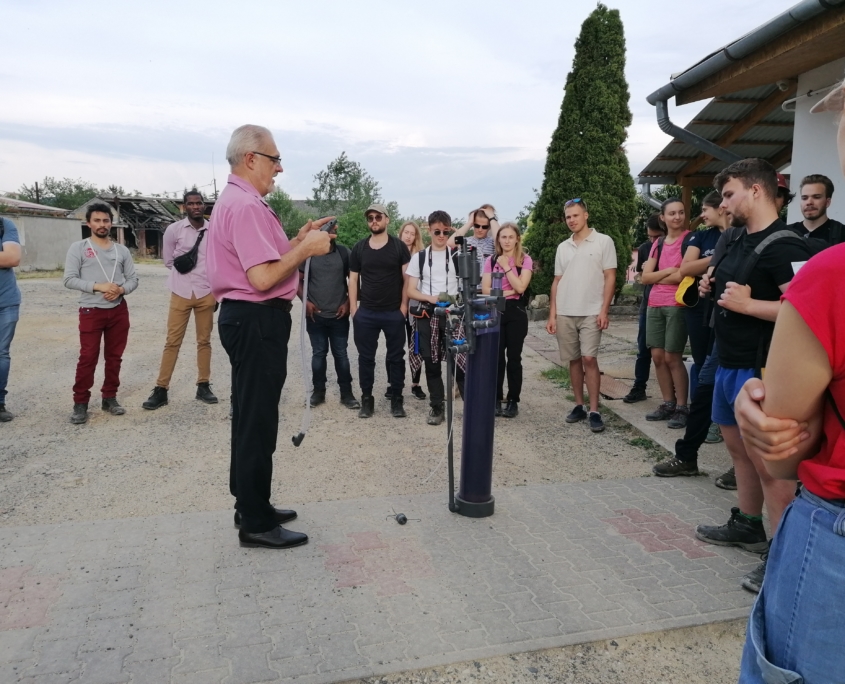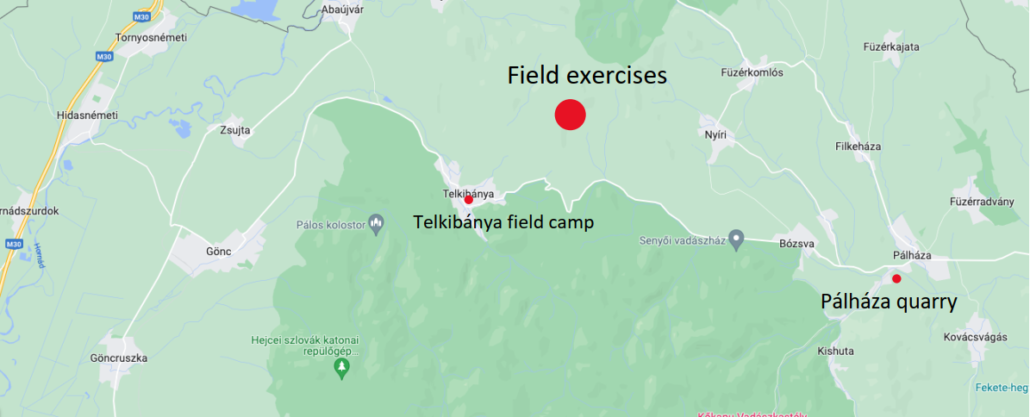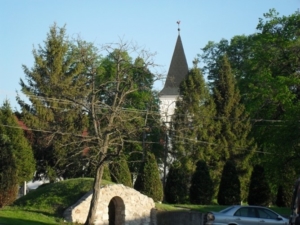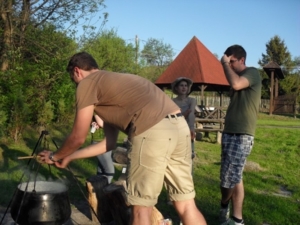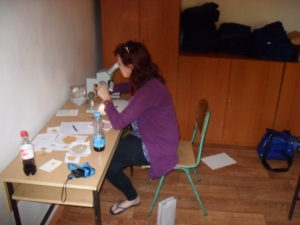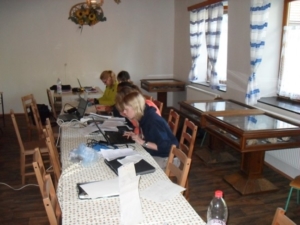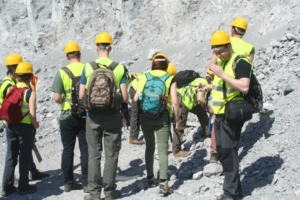Environmental startup ideas competition at university of Miskolc
Blog post published by University of Miskolc, translated to English below. Click HERE to read the original post (in Hungarian).
The University of Miskolc’s Startup Ideas Competition focused on today’s environmental problems, with ten teams submitting their entries. In the project presentation final, the first place was won by HydroGen, a team of students from the Faculty of Earth and Environmental Engineering, with their idea to start a company researching natural hydrogen sources.
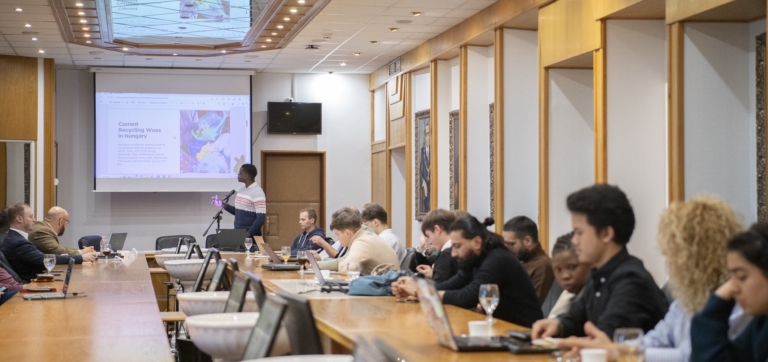
The ‘National EIT KIC Raw Materials Partnership for the Development of Innovation Ecosystem – HAPAKO Project’ (2021-1.2.1-EIT-KIC-2021-00003), which organises this year’s first semester Startup Idea Competition, is open for entries in the fields of raw materials research, circular economy and waste recovery.
The competition aims to give innovative young people the opportunity and support to create their future businesses. This will be supported by a cash grant to the winners. This year, for the first time, the competition was open to foreign students, with seven teams taking part.
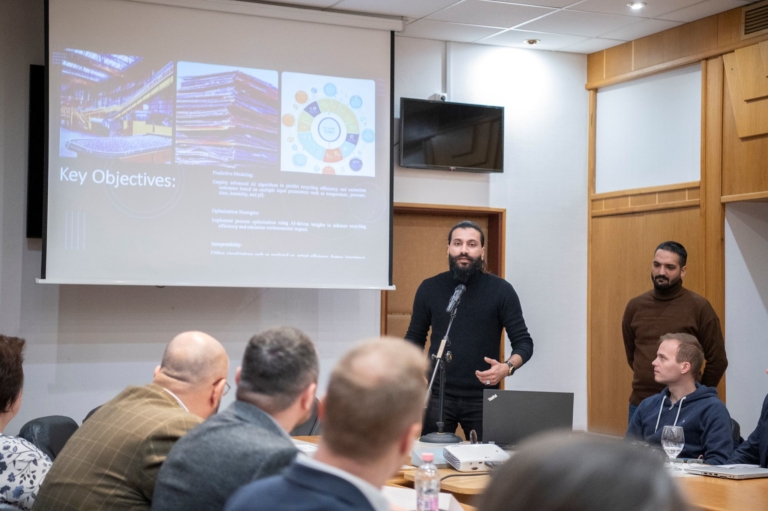
In the final of the Startup Idea Competition on 30 November, the jury of experts awarded three winning teams.
The first place was won by HydroGen, a team of students from the Faculty of Earth and Environmental Engineering (Gábor Babos, Krisztofer Török, Péter Mátyás), with a plan to start a hydrogen research company that would offer an environmentally friendly solution using natural hydrogen.
The second prize-winning team ByprodEx (Moataz Mohamed, Gomaa Abdelrahman, Hadeer Ahmed Ali Hassan, PhD students in geophysics) is developing an application that would support the recovery of industrial waste from companies through an electronic marketplace.
Third place was awarded to the Grassroots team (Rayhan Aldızan Farrenzo, Zeynep Kezer, Makhosi geology students), who would produce soap and candles from used cooking oil.
A special prize was awarded to the Pickapp team (Péter Gál Zoltán Gál, law student, and his colleagues), who would support the collection of PET bottles and aluminium cans with a “door-to-door” collection service in the mandatory deposit scheme starting in 2024.
